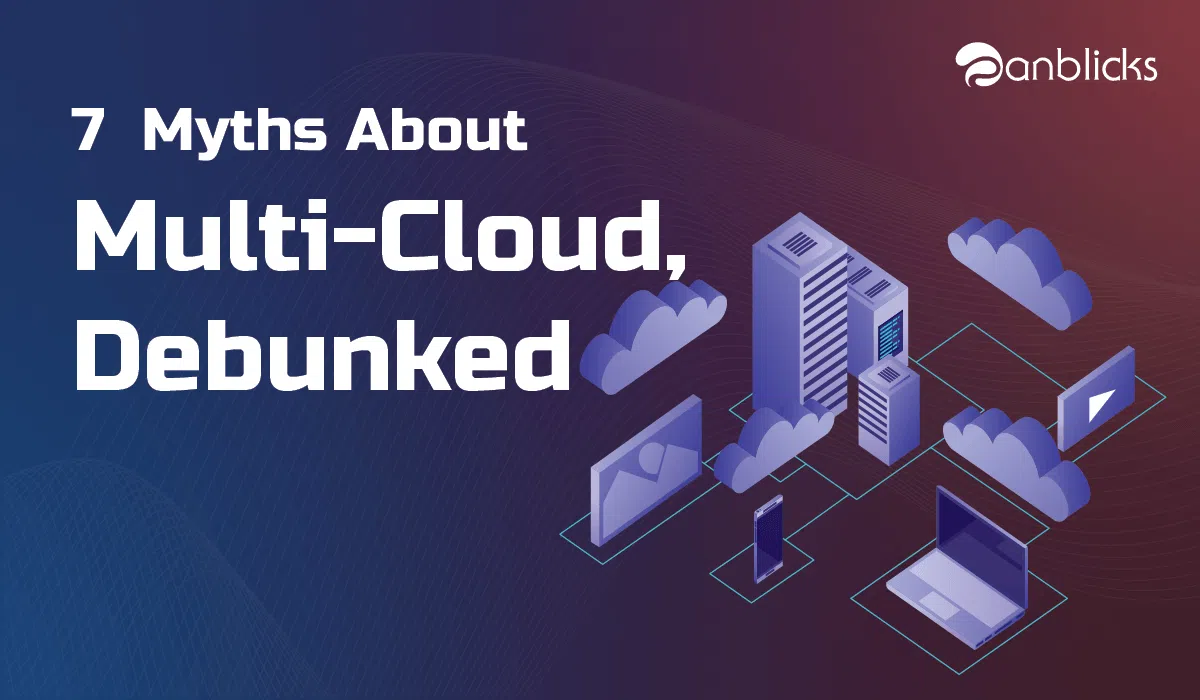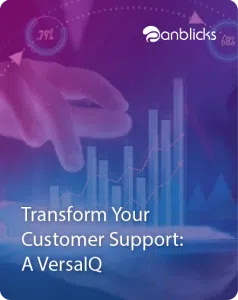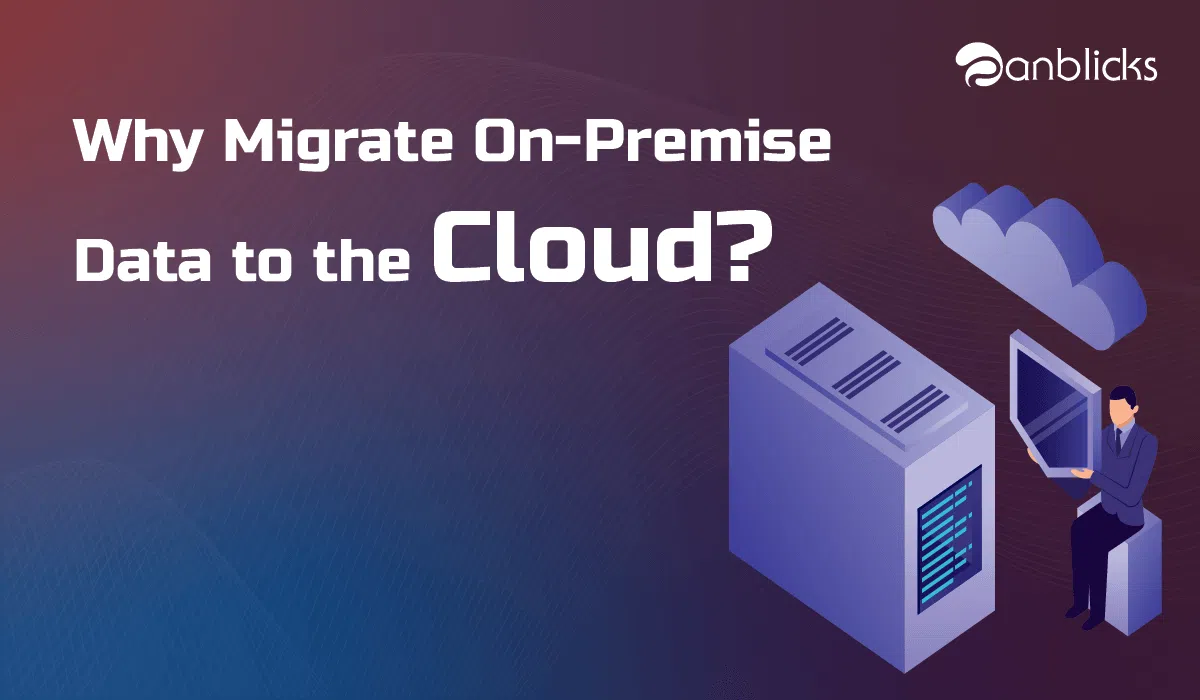
Debunking: 7 Myths in a Multi-Cloud Environment
- Multi-cloud isn't just for large enterprises; businesses of all sizes can benefit from it.
- Highlights that moving to a multi-cloud setup doesn’t always mean higher costs.
- Discovers that managing multiple clouds can be simplified with the right tools.
Today, the IT sector is facing a massive dilemma when it comes to a multi-cloud environment. Despite constant opposition from major cloud vendors, who supported monopolisation in the industry, various IT businesses are now willingly pursuing multi-cloud infrastructure automation and management.
Looking at the popularity that multi-cloud has acquired over the period, various myths have surrounded the infrastructure. So what are these myths? Are they true? Or have they been misinterpreted? Let’s look at these myths and try to figure out the truth behind them.
Myth 1: If Containerized, Business is Cloud-Native and Ready to be Multi-Cloud
It is a fact that containers provide applications specific formats and structures that can run anywhere. However, the operation of cloud-native apps is quite complicated. To categorize a workload as cloud-native, it needs to go through some changes post containerization.
These changes may include distributing traffic, automating building and runtime configurations, and adopting container-specific operating systems. Additionally, the cost will spike exponentially if a business moves monolithic apps from virtual machines to containers. Hence it is not necessary that if an organization’s app uses containers, the company is cloud-native and is prepared to be multi-cloud.
Myth 2: Multi-Cloud Architecture is Equals to Running the Same Workload in Multiple Cloud
As simple as it sounds, it is an absolute myth that multi-cloud architecture is similar to running the same workloads in multiple clouds. Businesses must favor their containers to the cloud environment they will inhabit to leverage benefits from cloud vendors’ solutions.
Adopting an effective multi-cloud engineering strategy implies accessing the desired applications specific to business needs, determining the features they shall offer, and mapping them with the application in each cloud environment.
As a result, the various apps’ architecture and workloads shall depend on the cloud environment they shall be deployed.
Myth 3: Multi-Cloud can Solve Vendors Lock-In
A business can specifically design a portable and accessible container between various clouds; differentiating the containers based on the cloud environment is mandatory for organizations to leverage the full potential of the best-of-breed solutions.
The implication is that the workloads might not be readily available to migrate to various clouds. Businesses can hence find themselves obstructing the vendor lock-in paradigm by entering into a multi-cloud lock-in.
Multi-cloud architectures additionally often require single management platforms, making platform lock-in a possibility. Cloud-native is a step to preventing lock-in, but the risk is still there.



Myth 4: Multi-Cloud is Partially Portable
The purpose of the cloud-native approach is to make workloads portable and accessible across any cloud environment. However, the fact is that the storage and data gravity cannot assure the workloads’ complete portability.
The fact strengthens further when stateful apps, which autosave the client session’s data. When called upon, the stateful apps must be refactored and redesigned before migrating or reusing the nest time when a request for a parallel session comes up. Hence this myth holds in the case of multi-cloud infrastructure.
Myth 5: Containers are Simple, It is Easy to Induce Complexity Anywhere
There is a significant misconception across the business sector that containers are quite simple. On the contrary, they are complex and require skill and knowledge to operate optimally. It is advisable to avoid additional complexity by using redundant tools and systems, especially for minor projects.
Inducing complexities can lead to improper utilization of resources, unnecessary lock-ins, and several glitches that can affect the application’s performance and, eventually, the business. Successful multi-cloud architectures espouse simplicity whenever possible.
Myth 6: Multi-Cloud is Less Secure
The security compliance of the client’s architecture is the prime focus of any business. Multi-cloud can help with compliance and security. For instance, multi-cloud can minimize the risk of massive data loss or application breakdown as the failure will be on a different cloud.
The approach also helps businesses to comply with regulations based on various regions. Hence, saying that a multi-cloud environment is less secure is not valid. Instead, the approach provides an additional security layer to the client, ensuring a smooth operation of the business processes
Myth 7: Multi-Cloud is For Large Enterprises
This particular myth is partially correct. Larger organizations indeed have a wide variety of specific applications that require different cloud platforms to deploy. However, smaller businesses also have specific specialized applications that can leverage the benefit from multiple cloud vendors.
Cloud-native applications are lightweight enough to allow small companies to choose different providers. Scaling into a multi-cloud architecture will be easier if businesses adopt other clouds for various needs from the beginning
Author’s Pick
The multi-cloud approach or multi-cloud strategy is an emerging technology that enables businesses to deploy and operate cloud-native apps smoothly and efficiently. As technology is becoming a reality with every passing day, companies are getting curious about the ups and downs of the same. Anblicks, with a team of skilled developers and cloud engineers, understands the nature of the client’s business and skillfully develops an effective multi-cloud strategy that aims to streamline the processes.






